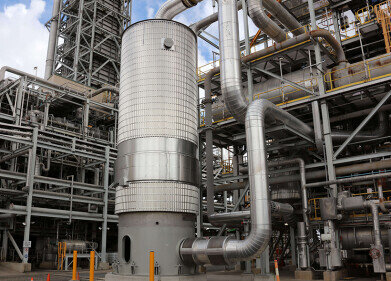Air Clean Up
Would Heathrow’s Third Runway Break Pollution Laws?
Oct 06 2016
A third runway at London’s Heathrow Airport has long been discussed. Supporters of the idea say it will add new routes and more competition on existing routes, which will eventually benefit consumers as prices become competitive and cheaper. Some estimates have even suggested tickets could be £300 less with the expansion. However, there’s a big spanner in the works…
Problem in planning
While it could ease congestion at the airport, it’s thought the third runway, if added, could push Heathrow over the pollution limits set by the EU. Independent researchers from the University of Cambridge have disputed this, however. They used a network of small sensors to calculate what is currently being emitted from Heathrow.
It gives a more accurate result than other studies because the sensors are distributed around different parts of the site. This gives them a much broader, more representative result of Heathrow’s air. In turn, this gives them a more accurate projection of the future emissions.
Nitrogen oxide
It’s thought that adding the third runway would add a marginal increase of nitrogen oxide, the pollutant in question, but this would be more than cancelled out by greater reductions elsewhere. "We expect there to be a marginal increase in NO2 coming from the airport itself, but that would be against the background of reduced NO2 from other traffic, because of Euro 6 engines and electrification of the traffic fleet,” explains Professor Rod Jones of the University of Cambridge.
Other issues
Even if this is the case, people opposing the idea have stressed the importance of other negative effects. Taxpayers money will be used to fund the project – which includes restructuring the roads around Heathrow – but it’s not known whether the taxpayers will sufficiently benefit from the development.
On top of that, the development will bring increased noise pollution and add to London’s already problematic local congestion. The decision, though, is eventually up to British MPs. Parliament have a current decision deadline of 18th October 2016, but this may change.
EU regulations
The EU rules on emissions ensure countries keep their emissions at a controllable level, and minimise the negative effect on the environment. They have also been working on their regulations for industrial emissions. In 2013, they implemented the Industrial Emissions Directive, which consolidated seven former directives, making the requirements much clearer and less avoidable. ‘One Directive to Rule Them All’ explores these changes and discusses how the regulation system is changing as a whole.
Events
May 05 2024 Seville, Spain
May 13 2024 Munich, Germany
May 23 2024 Beijing, China
May 23 2024 Beijing, China
Jun 10 2024 Algiers, Algeria














